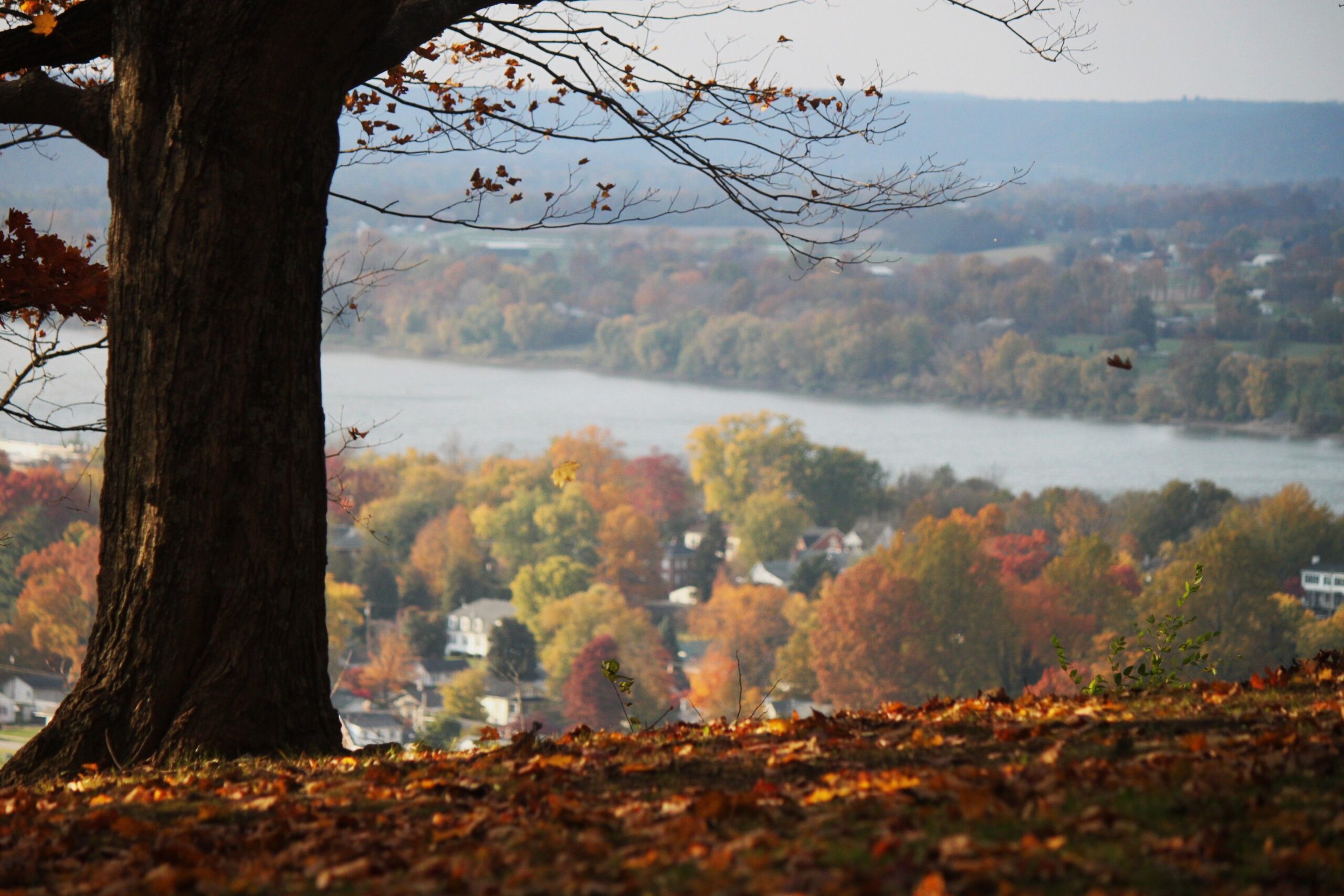General Butler State Resort Park


On August 12, 1931, a 300-acre tract comprising part of the old William O. Butler family farm became Kentucky’s sixth state park. Not only is the park a historic site, it is also a place of great natural beauty. This is the only spot in Kentucky that has the unique view of the convergence of the Kentucky and Ohio Rivers.
The Butler family for which the park is named is one of Kentucky’s great historic families. General Percival Butler, a Revolutionary War soldier settled in what is now Carroll County, Kentucky in 1796. Butler’s four sons all became prominent figures in Kentucky history.
The family had a reputation of being patriots and public servants. George Washington supposedly gave a toast honoring the family, “The Butlers and their sons.” Not to be outdone, the Marquis De Lafayette reportedly said, “When I want a thing well done, I order a Butler to do it.”
William O. Butler’s service to his country evidences his devotion to duty. After graduating from Transylvania University in 1812, he studied law under Robert Wickliffe. With the beginning of the War of 1812, Butler volunteered as a private to fight the British and the Indians. He took part in the Battle of the River Raisin. During the battle, Butler and his comrades defended themselves behind a fencerow. The Indians poured such an intense fire on the fencerow that when it was over Butler found that his clothes were riddled with bullets.
The Indians captured Butler and sent him to Fort Niagara where he remained until the British freed him on parole. He returned to Kentucky only to join the American forces that met the British and Indians at the Battle of the Thames. During the battle, Butler volunteered to set fire to a barn where the enemy had taken shelter. He successfully did so and received the rank of colonel for his bravery. Butler and his men were sent to New Orleans to assist Andrew Jackson in the city’s defense. Again he acquitted himself heroically.
After the end of the War of 1812, Butler returned to Kentucky. From 1839 to 1843, he served as a congressman. In 1844 he received a unanimous nomination of the Democratic Party for governor. Described as the most formidable candidate that the Democrats had ever nominated for governor, Butler’s race against Whig candidate William Owsley was close. Owsley won with 59,680 votes to Butler’s 55,056.
When the Mexican War (1846-1848) broke out Butler again joined the army. He suffered a severe wound during that conflict but returned to the head of the U.S. army. A grateful nation presented him with swords for his gallantry at the battle of Monterey. He ran for U.S. vice president in 1848 with Democrat Lewis Cass of Michigan. Defeated by Whig candidates Zachary Taylor and Millard Filmore, Butler remained a viable public figure. In 1855 he turned down an appointment as governor of the Nebraska Territory, and in 1861, he served as a member of the Washington Peace Conference that endeavored to avoid the outbreak of civil war in America. Butler returned to his home in Carrolton where he remained until his death in 1880. His remains were interred in the Butler family cemetery.
The General Butler State Resort Park preserves the Butler-Turpin family home built in 1859. The house is a brick Greek revival-style residence with eight large rooms and two wide halls, with a third floor and spacious basement area. The house is open for tours. The original park built first by the Civilian Conservation Corps (CCC) has 791 acres. The lodge has 53 rooms and there are 24 cottages. There is an extensive campground with 111 campsites with electrical and water hookups. The CCC built a beautiful stone overlook on the highest hill overlooking the Ohio and Kentucky Rivers.
There are numerous recreational facilities in the park with basketball, tennis, and volleyball courts, boating, fishing, and hiking.
Distance Unit: